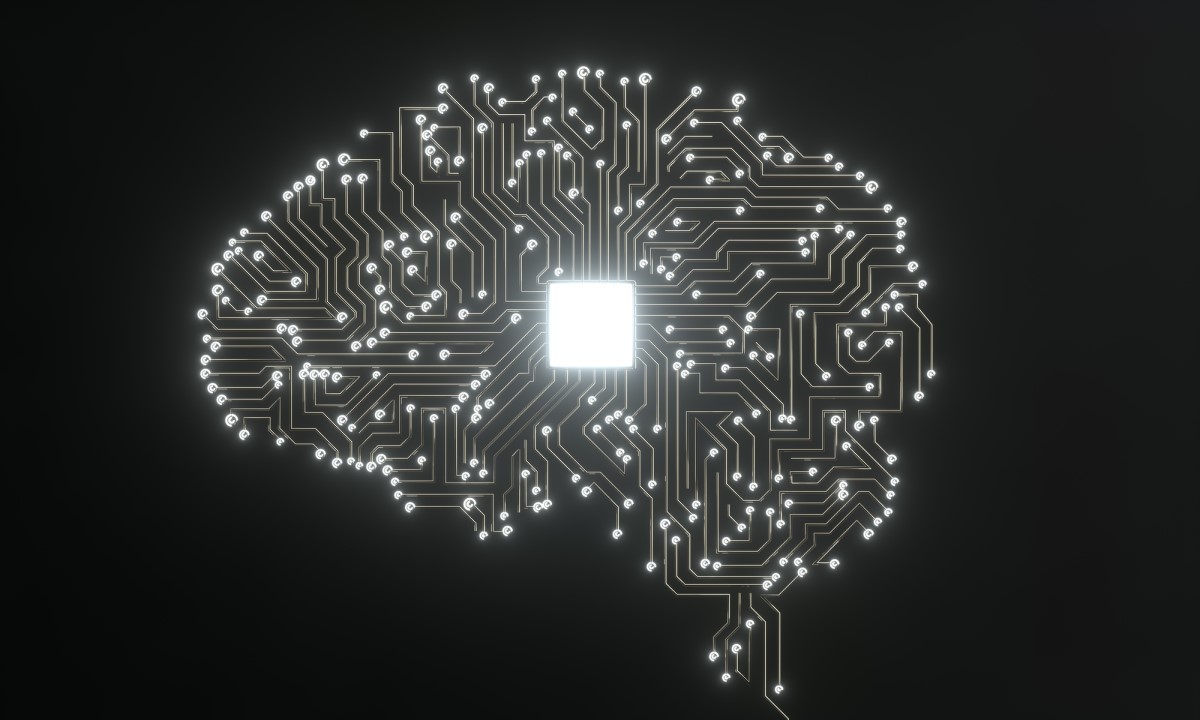New joint lab opens vistas to tackling national challenges

Singapore’s public sector and industries are expected to be the first to benefit from the work of a new $10M think tank.
SMU has partnered with Singapore’s Agency of Science, Technology, and Research (A*STAR) to launch a joint lab in late April 2022. It will build globally competitive research capabilities for Singapore, at the intersection of Social Sciences and Humanities (SSH) and STEM, to address people-centric issues in human health and potential, urban solutions, and sustainability.
The SMU-A*STAR Joint Lab in Social and Human-Centred Computing will also progressively expand to investigate additional topics, such as work re-design, effective learning and skill transfer, social and psychological capital and sustainable living.
At the helm of the initiative will be co-directors Professor Archan Misra, Vice-Provost (Research), SMU, and Dr Lim Keng Hui, Assistant Chief Executive (Science, Engineering Research Council), A*STAR.
Kickstarting innovation with two pillars
To start, SMU–A*STAR will conduct research under two key pillars – computational science and human-artificial-intelligence (AI) synergy. They will measure and promote individual resilience and adaptability to disruptive events, and develop AI-based assistive technologies to support humans in executing tasks. These pillars are intended to scale up into world-class national-level research programmes, including contributions to Singapore’s Research, Innovation, and Enterprise 2025 Agenda.
In the first research area, the lab will use computational social science to understand an individual’s, and overall society’s, adaptability and resilience to situations and challenges. To promote societal adaptability and cohesion, it will examine how digital content could lead to diverging opinions and conflict among different groups of people and will also explore new ways of identifying communities with deep similarities, differences, or worldviews.
The second area of human-AI synergy lies in the creation of interactive AI technologies to support execution of real-life tasks that neither technology nor humans can perform alone. Initially, it will develop human-aware AI to help seniors with daily living, automate wellness measures for seniors living independently in their own homes, plus also develop interactive digital tools to engage seniors and promote active living.
AI with a human touch
At the launch of the Joint Lab, SMU Provost, Professor Timothy Clark, explained its unique synergy of cross-disciplinary research from the social sciences, humanities, computational intelligence, and digital technologies.
Specifically, he suggested that “digital traces of interactions” on online platforms can offer insights into how humans generate and consume such content, revealing underlying affective and cognitive mechanisms.
Over the years, AI has become a global business buzzword. It involves programming computers to simulate human intelligence to think like humans and mimic their actions. Today, AI is often embedded into a product or service to automate or improve processes, or accelerate data analytics to deliver crisp insights.
The general public also increasingly encounters AI through human-computing interactions, such as via chatbots, facial recognition software, robots and mobile devices.
“They’re natural partners to humans for various service-oriented tasks, such as at-home assistance and concierge support in public venues,” said Prof Clark.
“This is an area with immense promise and critical to Singapore’s push for increased service sector productivity. Building impactful solutions will require advances in core AI-based perception and decision-making capabilities. They need to be co-designed with new forms of natural human-machine interaction that accommodate humans' emotional and cognitive needs.”
‘Wicked’ problems under the microscope
At the launch of the Joint Lab, Peter Ho, Chairman of Singapore’s Social Science Research Council, said the most challenging and wicked problems — issues such as financial crises or poverty that are complex and sometimes even unsolvable — demand an interdisciplinary approach. He added that the integration of social, behavioural, and computational sciences would “help policymakers better understand and respond to the complex socio-economic challenges, such as the pandemic”.
“The social and behavioural sciences provide us with deeper insights into people’s thoughts, feelings, and motivations. They enrich our understanding of society, and inform our responses to pressing issues such as ageing, social mobility and cohesion, cultural diversity, job market disruptions, quality of life, and even regional and global challenges”, said Mr Ho.
Advancements in computational sciences will also offer new and powerful ways to make sense of how people behave and interact with each other.
“Smart digital devices and social media applications provide information on a scale that is unachievable by in-person methods. Computers can then process the resulting digital data streams, providing an unprecedented capability to analyse the real-world behaviours of large groups of people, and in real-time.


